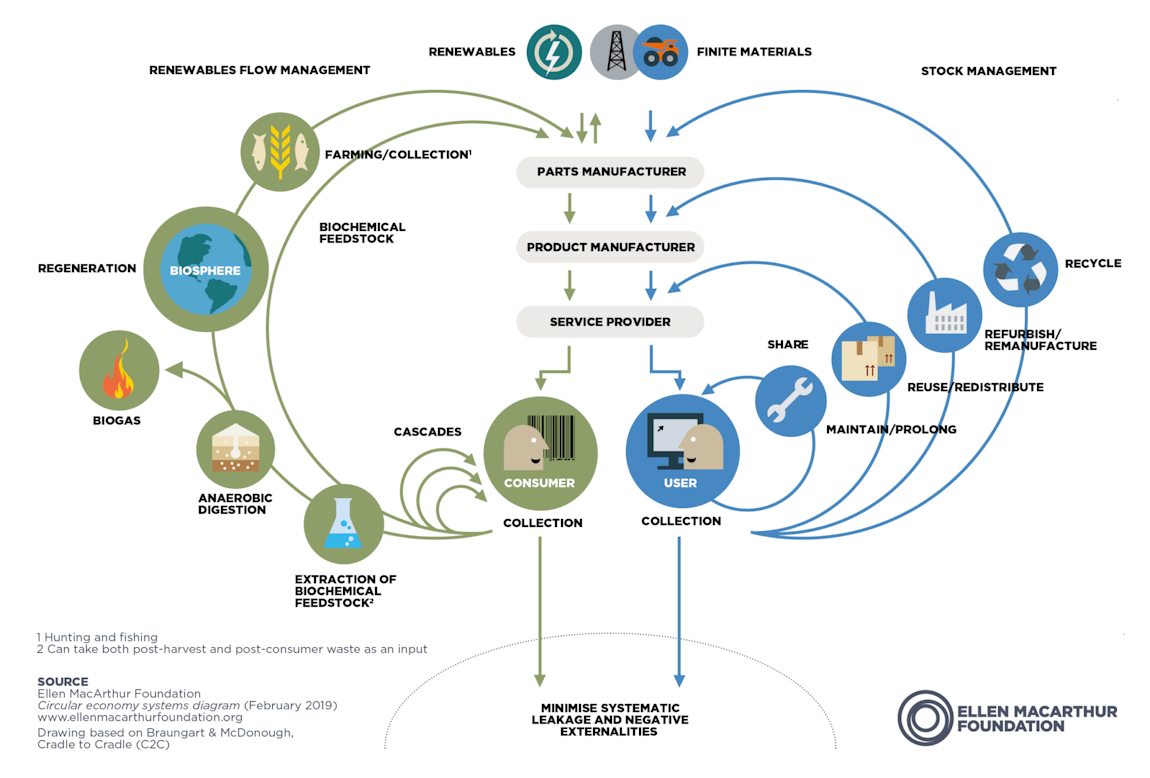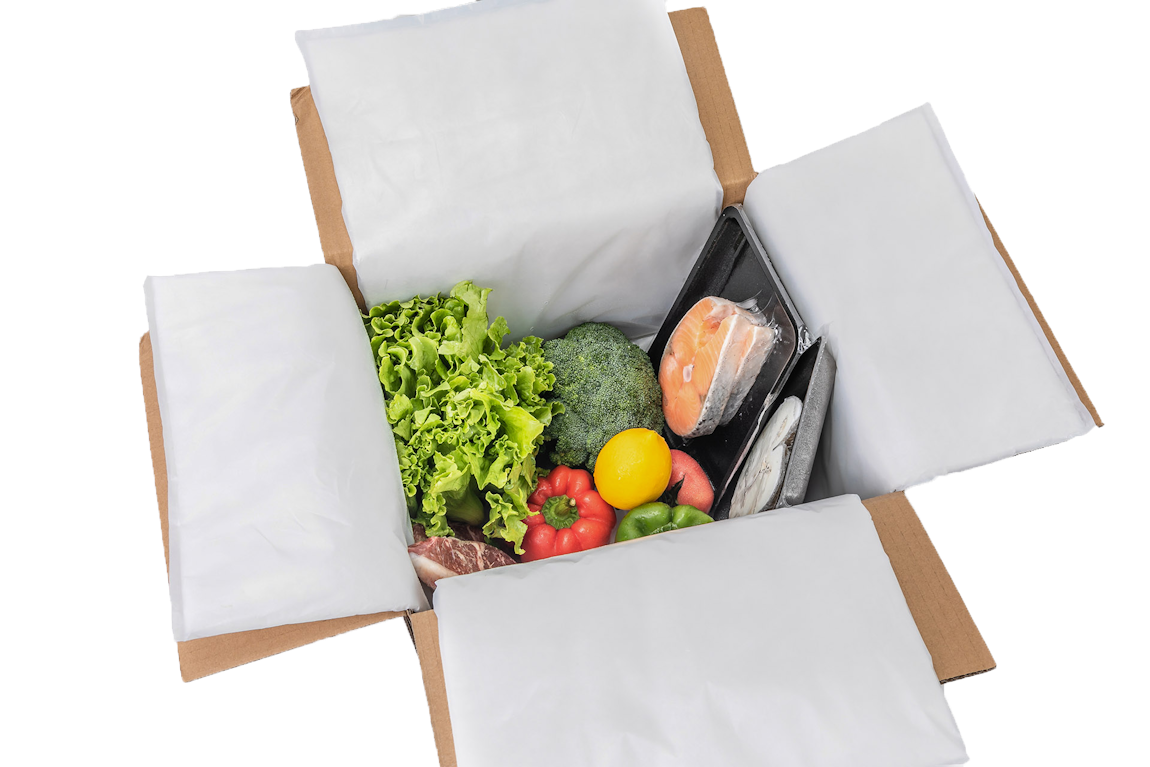Despite this, the overall expectation is that the sustainable trend is very much here to stay with sustainable packaging solutions becoming increasingly more science-based where innovation is constant.
The demand for sustainability is pushing brands to be more socially and environmentally responsible. British marketplaces are also eliminating single-use plastics and finding more environmentally friendly alternatives. In this article, we will explore the 5 sustainable packaging trends arising that are clearly here to stay.
1. The Circular Economy packaging trend
Did you know that 51% of supply chain professionals expect the circular economy popularity to rise within the next two years as a result of the pandemic? This is because consumers are becoming increasingly aware of the negative impact plastic packaging has on the environment.
According to The World Bank, 2.5 billion tons of waste currently generated is expected to grow by almost 3.5 billion by 2050. Plastic packaging makes up nearly half of plastic waste generated globally with only less than one fifth of it being recycled. With the media exposure about the harmful effects of plastics on the environment, there is no wonder why consumers are starting to become more aware and passionate about making a change.


